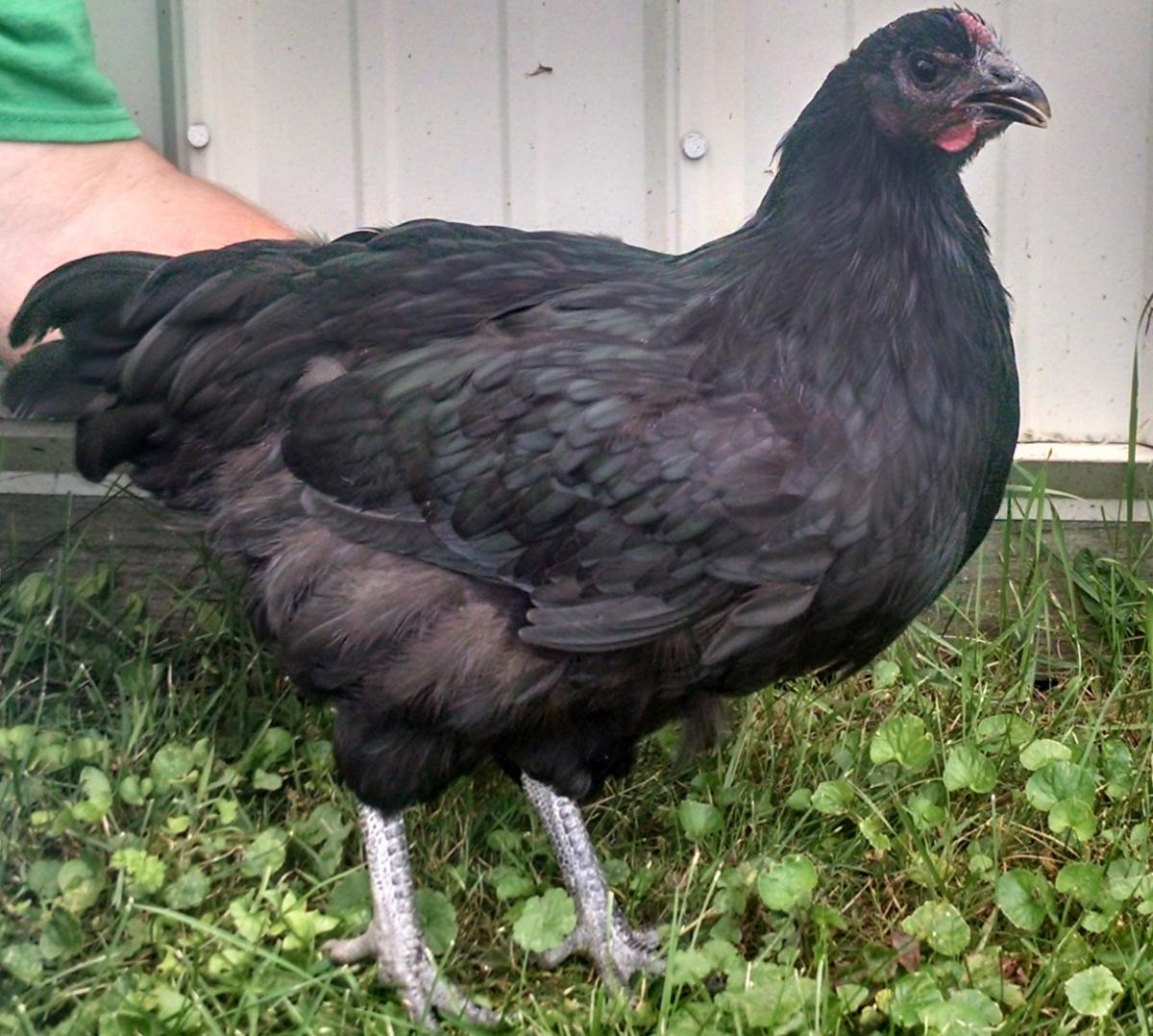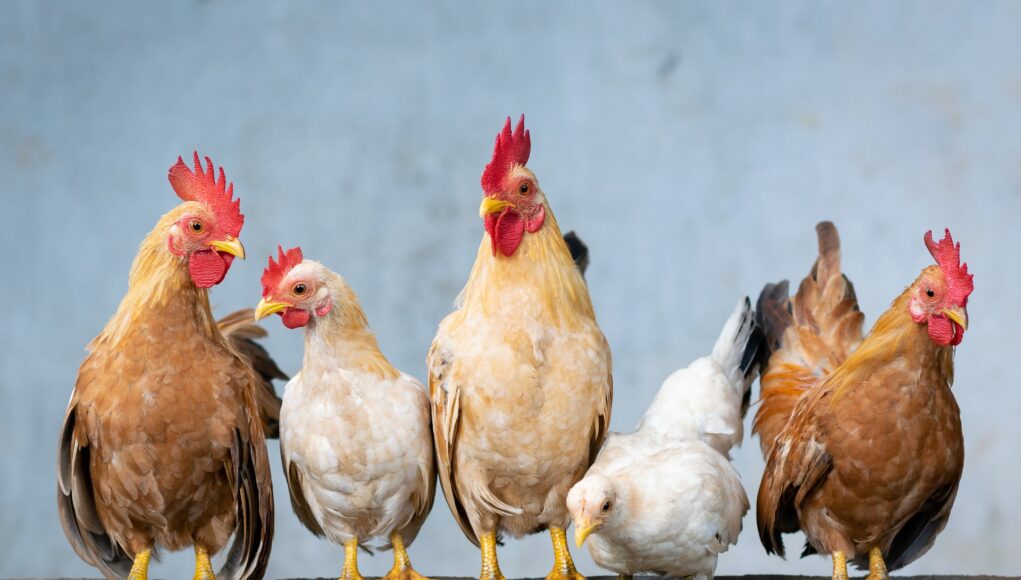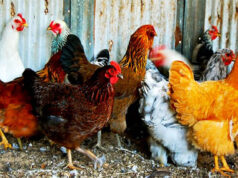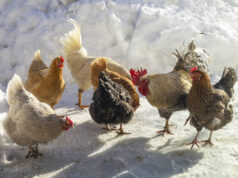Marek’s Disease is a viral infection in chickens that has become a significant concern for poultry enthusiasts worldwide. This article will provide a comprehensive understanding of Marek’s Disease while offering insights into how to manage and prevent it. By addressing the primary keyword, Marek’s Disease chicken, early on, we set the stage for an engaging and informative discussion on this topic.

What is Marek’s Disease?
Marek’s Disease is caused by a highly contagious herpesvirus that affects chickens. It primarily targets the nervous system and can lead to paralysis, tumors, and even death. Understanding the nature of this disease is vital for effective management.

History of Marek’s Disease
Marek’s Disease was first identified in the early 20th century. Over the decades, it has evolved, leading to more virulent strains that pose a greater threat to poultry farms.
The Virus Behind Marek’s Disease
The herpesvirus responsible for Marek’s Disease is divided into three serotypes. Each serotype affects chickens differently, with varying degrees of severity.
How Marek’s Disease Spreads
Marek’s Disease is primarily spread through dander and feather follicles. The virus is highly resilient and can survive in the environment for long periods, making it easy to transmit from one bird to another.

Symptoms of Marek’s Disease
Recognizing the symptoms of Marek’s Disease early can help in managing its impact. Common symptoms include:
- Paralysis of legs, wings, and neck
- Weight loss
- Vision impairment
- Skin lesions
Paralysis and Nervous System Symptoms
The virus attacks the peripheral nerves, leading to paralysis. Affected chickens may show an inability to stand or move properly.

Diagnosing Marek’s Disease
Diagnosis of Marek’s Disease involves clinical observation and laboratory tests. Blood tests and post-mortem examinations are commonly used to confirm the presence of the virus.
Clinical Observation
Veterinarians look for specific signs, such as limb paralysis and tumors, during clinical examinations.
Impact on Poultry Farms
The economic impact of Marek’s Disease on poultry farms can be devastating. Losses occur due to decreased egg production, increased mortality rates, and costs associated with disease management.
Economic Losses
Farmers incur significant financial losses due to culling infected birds and implementing biosecurity measures.
Prevention and Control
Preventing Marek’s Disease involves vaccination, maintaining hygiene, and implementing strict biosecurity measures.
Vaccination Strategies
Vaccination is the most effective way to prevent Marek’s Disease. Chicks are usually vaccinated on their first day of life.
Biosecurity Measures
Strict biosecurity practices, including regular cleaning and disinfection, can help reduce the spread of the virus.
Maintaining Hygiene
Regularly cleaning coops and tools reduces the virus’s ability to spread.
Treatment Options
Once a chicken is infected with Marek’s Disease, there is no cure. However, supportive care can help improve the quality of life for affected birds.
Supportive Care
Providing a stress-free environment and adequate nutrition can help manage symptoms.
Future Research and Developments
Ongoing research aims to develop more effective vaccines and better understand the virus’s behavior.
Innovations in Vaccination
New vaccination methods are being explored to provide better protection against emerging strains of the virus.
Frequently Asked Questions
What is Marek’s Disease in chickens?
Marek’s Disease is a viral infection that affects chickens, causing paralysis, tumors, and death.
How is Marek’s Disease spread?
The disease spreads through feather dander and can survive for long periods in the environment.
Can Marek’s Disease be prevented?
Yes, vaccination and strict biosecurity measures can significantly reduce the risk of infection.
Learn more about Marek’s Disease
As an Amazon Associate, I earn from qualifying purchases.










